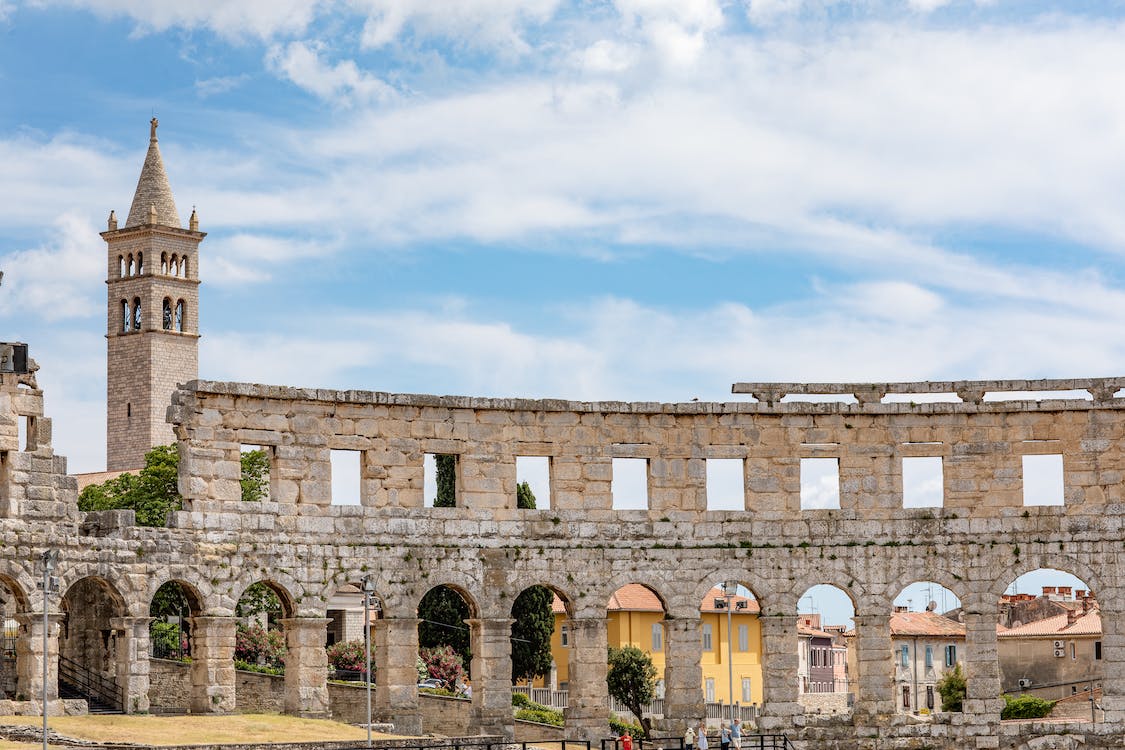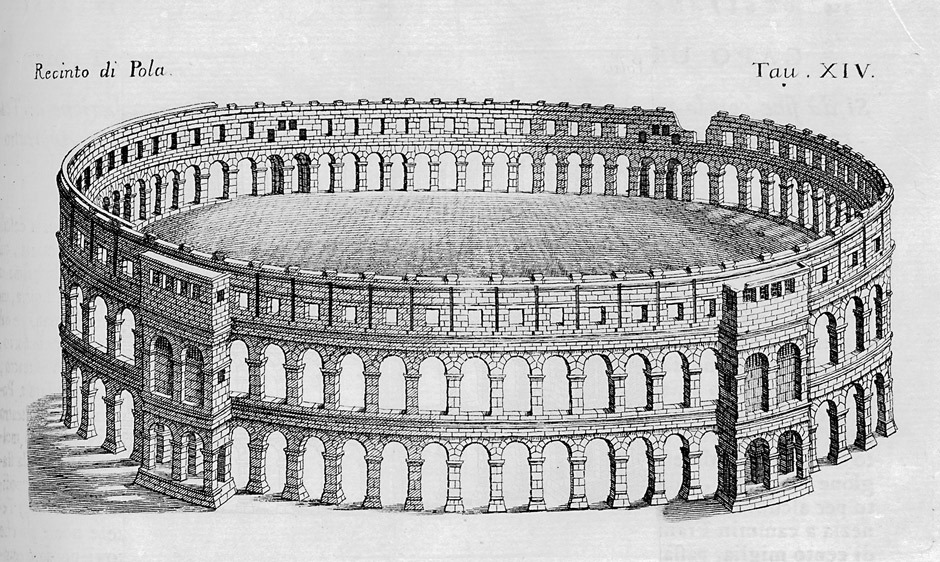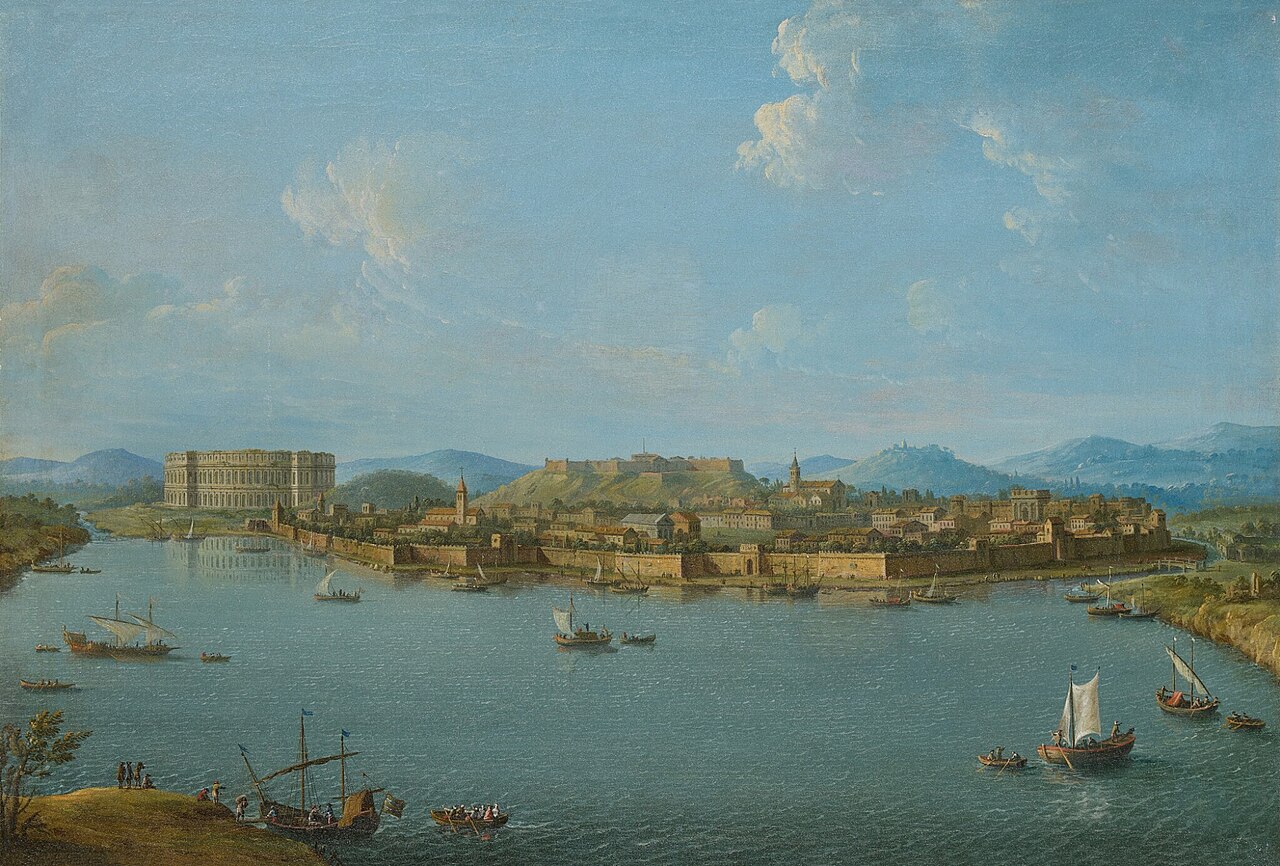Pula is a city in Croatia best known for a scattering of ancient ruins from the Roman empire, including a large amphitheater built in the first century A.D. and the famous Gate of Hercules. But it also has at least one ruin of a different type—a massive abandoned hospital, hurriedly closed down in 2003 and still littered with rusting medical supplies, peeling wallpaper, and collapsed hospital beds that once held the sick and the dying.
Nobody seems to be sure why this particular hospital was abandoned, but one thing is certain: It’s not alone. Before 1991, Croatia was part of Yugoslavia. After the new government was set up, a lot of the old government-controlled facilities (hospitals, schools, military installations) were either phased out or abandoned completely. This hospital appears to be a throwback to earlier days, even though it was still apparently running for another decade. Interestingly, hotels and resorts in Croatia are now heading down the same path—there are over 100 abandoned hotels throughout Pula and other cities.
What to See in Pula
When Pula was a part of Austria-Hungary and a significant naval base during World War I, tunnels were excavated directly beneath the Old Town in Pula. The tunnel network was enlarged to include air-raid shelters for the populace both before and during World War II. There are reportedly countless miles of tunnels that might have provided sanctuary for 50,000 people.
Today, just a small portion is accessible to the general public and is promoted as “Zerostrasse.” It’s probably only operating seasonally (like so much in Croatia, at least on the Adriatic), though there is a conflicting information about opening times, with some claiming it’s open year-round.
A citadel (Katel) is perched atop the central hill that the Old Town sort of encircles. Although the fortification of this major hill dates back to the Roman era, it was mostly built by the Venetians in the 15th century. The Austrian military rebuilt the site in its current configuration during the second part of the 19th century after it once again fell into disrepair. Up to the 1960s, when it was converted into a museum, it remained a military station during the Italian period, World War II, and the Yugoslav era as well. It now serves as the location of the Istria Historical and Maritime Museum.
The museum documents all of Pula’s troubled recent past, including the Austro-Hungarian era, World War I, the Italian fascist era, World War II, the Nazi German occupation, partisan campaigns, and the Yugoslav era. There are a lot of fascinating artifacts on display from each of these time periods. Along with all those fortifications, you also get to view plenty of old cannon barrels, contemporary weapons, and so on. An antique observation tower sits atop the entire structure. You do, in fact, enjoy stunning 360-degree views of Pula, the harbor, and the rest of the bay. The shipyards and the port are very beautiful to see.
It’s uncommon to find such amenities so close to a historic Old Town. Naturally, the working shipyards and other waterfront facilities are still off limits to the general public, but you can have a peek through the gates and walls. And while doing so, you may witness a curious monument to partisans from the Yugoslav era just within the Uljanik shipyard on Flaciusova ulica, in addition to some amazing heavy steel components and enormous ship hulls under construction. There are several ruins of the former naval bases and military installations from the Austro-Hungarian era on the other side of the harbor of Pula, or to the north of the shipyards. The majority of these vestiges are now abandoned and serve as a playground for urban explorers.



